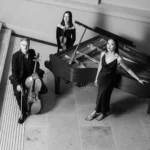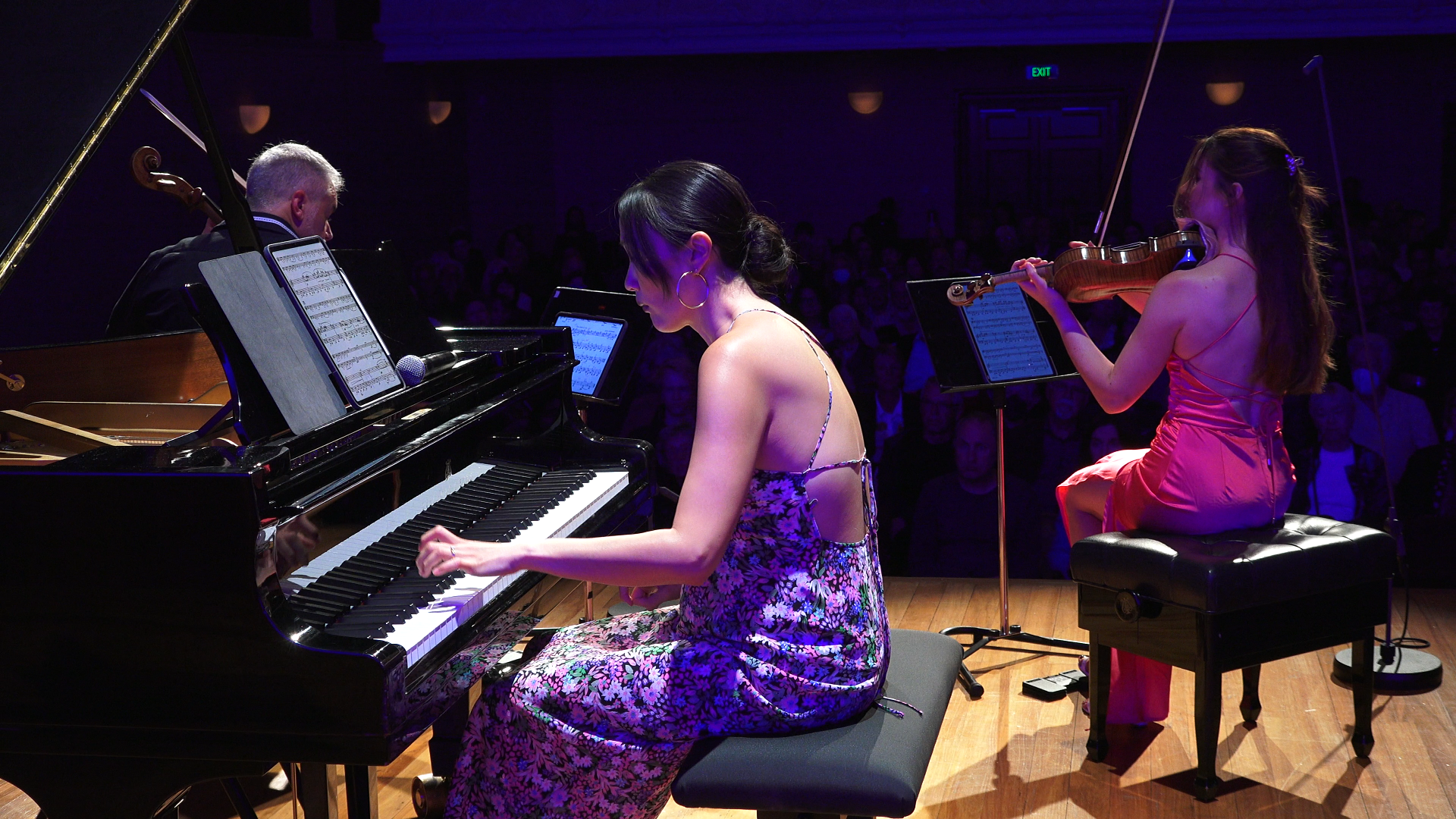Find out the full story behind the composers and their works with our programme notes. Written specifically for NZTrio, these will give you an insight into the lives of the composers and what inspired the works in Homeland Two – Tunes from my home.
You can also read these notes as a PDF
Chen Yi (b. 1953)
Tunes from My Home (2007)
I Introduction
II Nostalgia
III Happiness
Home for Chen Yi was the southern port city of Guangzhou. Taught piano and then violin by her parents, doctors and gifted amateurs, she and her siblings grew up playing chamber music together and learning the western musical canon by heart. Then, when she was 13, Chairman Mao’s Cultural Revolution intervened. Targeted as ‘intellectuals’, her father and older sister were sent away to do forced labour at work camps in the countryside; two years later she and her mother and younger brother joined them. They were forced to climb up and down a mountain carrying rocks. She recalled later that she “carried more than 100 pounds on my back, and would go up and down sometimes 20 times in a day.”
She managed to continue her musical studies in secret. She had been allowed to bring her violin with her, as long as she played only revolutionary songs to ‘inspire’ the workers. Left to herself, she practised the classical pieces she knew by heart and finally, two years later, was allowed to return to Guangzhou to take up the position of concertmaster of the Peking opera. Here, both Chinese and Western instruments were allowed, and she learned to play a number of Chinese instruments while also being steeped in the environment of composing and arranging for both.

Finally, the Cultural Revolution came to an end, the Central Conservatory reopened after years of being closed, and in 1978 she became the first Chinese woman to graduate with a Masters in Music, from the famous ‘Class of 1978’ alongside Tan Dun, Bright
Sheng, and her future husband Zhou Long. All of them moved for further study in the USA and she has been based in the USA ever since, lately as Professor at the University of Missouri-Kansas City Conservatory, and garnering a variety of awards and distinctions including a Pulitzer nomination and induction into the American Academy of Arts and Letters (2019).
Extraordinarily prolific as a composer, her work ranges from multitudes of instrumental, chamber and choral pieces to concertos, symphonic band pieces, four symphonies and many large orchestral works, often incorporating Chinese traditional instruments and always fusing western and Chinese elements into her utterly distinctive and satisfying style. She wrote this trio for her fellow Chinese-American pianist Xun Pan at the Pennsylvania Academy of Music, and says of the piece:
“Both Xun Pan and I are Cantonese in origin and it’s natural for me to speak in my native tongue in our trio, to make him smile and feel ‘home’. I got the inspiration from the folk Cantonese Music for my work. The pitch materials of my motives are drawn from Summer Thunder, Prancing Horses, and Racing the Dragon Boat. The first movement serves as the introduction of all pitch materials, the music is happy, energetic and celebrating, with a quiet middle section featuring harmonics and lyrical counterpoint in the strings as a contrast; the second movement, Nostalgia, is a fugue in delicate and sensitive expression; and the final movement, Happiness, in the textures of dialogues and smooth moving passages, is a celebration to happy occasions, particularly to the one with the Pennsylvania Academy of Music.”
Programme note by Charlotte Wilson 2023
George Enescu (1881 – 1955)
Piano Trio A minor (1916)
I Allegro moderato
II Allegretto con variazioni
III Vivace amabile
“I remain here because I undertake to serve my country with my weapons, with my baton, my violin and my bow.” – George Enescu, 1916
Lost until 1965, this marvellous piano trio was performed only once and then lost again, emerging only in the 1990s after considerable work from Enescu scholar Pascal Bentoiu. Enescu was obviously in great haste when he wrote it. The original manuscript amounts to no more than 12 1/2 near illegible pages. It was the First World War and one of the reasons that Enescu is so much adored in Romania is that although he had been invited back to the relative safety of Paris to save his skin, he chose to stay in Romania to help, first in the old Moldovan capital of Yassy, then in Bucharest where the central school soon got turned into a military hospital. Here he worked as a nurse, in surgery, people recognising the already famous and revered musician in the harrowing accounts of what they all saw.
At the same time, he worked tirelessly to keep the musical life of Romania going. He founded a new national symphony orchestra for public concerts. He organised artistic teams to travel to all the hospitals. He rushed from place to place conducting and performing himself, and all with an unflagging energy and enthusiasm and humility that endeared him to everyone who ever met him. His student Yehudi Menuhin said that ‘Enescu gave me the light that has guided my entire existence’.
He had always been extraordinary, a prodigy who wrote his first opus ‘aged five and one quarter’, at seven the youngest student ever admitted to the Vienna Conservatoire (graduating at 12 with the silver medal), at 10, a virtuoso performing equally on violin and piano including before the Emperor Franz Joseph. He was, everybody agreed, the greatest musical phenomenon since Mozart. And he was also a quintessentially Romanian composer born at exactly the right time. An exact contemporary of Bartók, he accompanied Bartók on one of his early folk-music expeditions around Romania and Transylvania, with their wax-cylinder phonograph, learning how to charm the suspicious country folk into singing and dancing for them. Romanian folk music inflects all of Enescu’s work, including this trio which sits exactly halfway between the folkloristic forms of his youth and the more esoteric, impressionist utterances of his maturity. But there’s an important difference compared to, say, the folk music of Vaughan Williams. Where one leads back the other leads forward. Enescu’s folk music, and the folk music of Eastern Europe, was dissonant, disruptive, heavily accented and dizzyingly complex, leading to exciting new possibilities. That’s what informs the tour-de-force variations, the thrillingly virtuoso heart of this piece.
The other influence of this trio is undeniably French. Since he was 12 years old Enescu’s other home was always in Paris, where he studied with Fauré and Massenet, encountered Impressionism and Indonesian gamelan, later in his life becoming excited by collaborations with Ravi Shankar. You hear that in the first movement, with its delicate wash of sound and subtle rhythmic shifts. Then the folk-inspired variations, always with perfect interplay between the instruments, and unabashedly romantic Fauré-like finale.
Programme note by Charlotte Wilson 2023
Victoria Kelly
Lyre
Victoria Kelly is an award-winning composer, performer and producer, based in Aotearoa New Zealand. She works across a spectrum of musical genres including contemporary classical, film and popular music. Her work has been commissioned, performed and recorded by the New Zealand Symphony Orchestra, the Auckland Philharmonia, NZTrio, the New Zealand String Quartet, Stroma, Michael Houstoun and Stephen de Pledge.
As an arranger and performer she has collaborated with a wide range of artists including Neil Finn, Tami Neilson, Finn Andrews / The Veils, Don McGlashan, Anika Moa, SJD, Moana Maniapoto, and Shapeshifter. As a film composer she has written music for films by Sir Peter Jackson (The Lovely Bones), Robert Sarkies (Out of the Blue) and Jonathan King (Black Sheep / Under the Mountain) among others.
In 2011 Victoria was the Music Director for the Rugby World Cup Opening Ceremony – broadcast live to more than 1 billion people around the world.
About this work Victoria writes:
“My grandmother, Kitte Andreasen, was born in the Faroe Islands – a tiny basalt archipelago that nestles in the vast expanse of the North Atlantic ocean – halfway between Iceland and Norway, 18,000 kms away from Aotearoa. Kitte migrated to New Zealand with her mother and siblings in the early 1920’s, after her father – a decorated Faroese sea captain and member of parliament – was lost at sea. Our written Faroese family tree goes back to the 1500’s, although our lineage most likely extends back much further, to when the islands were first settled by Vikings and Norse Irish people in c.900 AD.
The Faroes are astonishing in their beauty and strangeness. I travelled there with my family in 2019. Their isolation is tangible, like a tone in the air. Because of their extreme climate, the islands have no trees. They are frequently bathed in dense fog which appears and disappears with miraculous speed, as if inhaled and exhaled by the sea.
In Greek mythology, Sirens lured sailors to their deaths – singing to them from islands (said to be the Sirenusas off the Amalfi coast). Sirens are often depicted in sculptures and paintings playing lyres.
Lyres are also present in the folk traditions of Norway (the Kraviklyra), Iceland (the Langspil) and the Shetland Islands (the Gue) – the nearest bodies of land to the Faroes – as are dulcimers and bowed stringed instruments (the Hardanger).
In this piece I explore the lure of islands, and the promises and dangers they hold. I imagine the sea as a colossal lyre accompanying their voices, connecting them across vast distances – giving, claiming and transforming life, offering visions of possibility that may or may not materialise. The horizon is always in view, with more islands beyond sight.
The piece quotes a traditional Faroese hymn (Kingosangur) – Jeg Stod Mig Op En Morgenstund / I Got Up One Morning. It also explores elements of Scandinavian folk music.
The music evokes the hypnotic rhythm of waves; the illusion of the horizon; the angularity and starkness of the Faroe islands; the rich colours of the surrounding seas; the hope of a new life and the longing for an old one; and the ways in which places (and the journeys towards those places) shape people and identity.
Lyre was commissioned by NZTrio with support from an anonymous patron, as a birthday gift for a man of the sea.”
Antonín Dvořák (1841-1904)
Piano Trio No. 3 in f minor, Op. 65
Allegro ma non troppo – Poco piu mosso, quasi vivace
Allegro grazioso – Meno mosso
Poco adagio
Final: Allegro con brio – Meno mosso – Vivace
Antonín Dvořák was born in Bohemia (today’s Czech Republic) as revolution swept across Europe and nationalism became a dominant feature in European art. A violist with the Prague National Theatre Orchestra, he was encouraged by the conductor/composer, Bedrich Smetana, to compose, which he did copiously, influenced by Wagner as were many of his contemporaries. Smetana suggested instead that he should draw on his native folk music for inspiration.
Dvořák’s deep affection for his homeland became an integral part of his music, and he went on to produce a lasting and much-loved body of work that spoke with a national voice and brought him recognition and success. His Third Piano Trio (1883) is probably the most dramatic of his four piano trios; symphonic in scope and elegiac in character, it is intensely expressive. Dvořák’s mother had died the previous year and its emotional Slavic themes communicate an aching nostalgia contrasted with moments of brightness and even defiance.
The finely-shaped and serious opening theme is contrasted by an exquisite second theme on the cello. The mood shifts from nostalgia and despair to drama and brief triumph. The texture is almost orchestral, particularly with the piano, the dynamic range expansive, the gestures sweeping – but there are also gentle moments. The scherzo second movement is a folk-type melody with the heavy accents and cross-rhythms of a Slavic furiant*, leading to a change of mood in its Brahmsian trio. A melancholy cello melody opens the third movement, but lightens up when joined by a tender violin theme underpinned by the piano. It offers both nobility and sorrow.
The Finale is again in the rhythm of a furiant* and returns the Trio to its home key of F minor. There’s a look back to the Trio’s opening theme, a reminder of the slow movement, and then a dashing final flourish into F major to end this dramatic trio.
*Furiant: a rapid and fiery Bohemian dance with frequently shifting accents.
Dvořák programme notes by Joy Aberdein 2014




